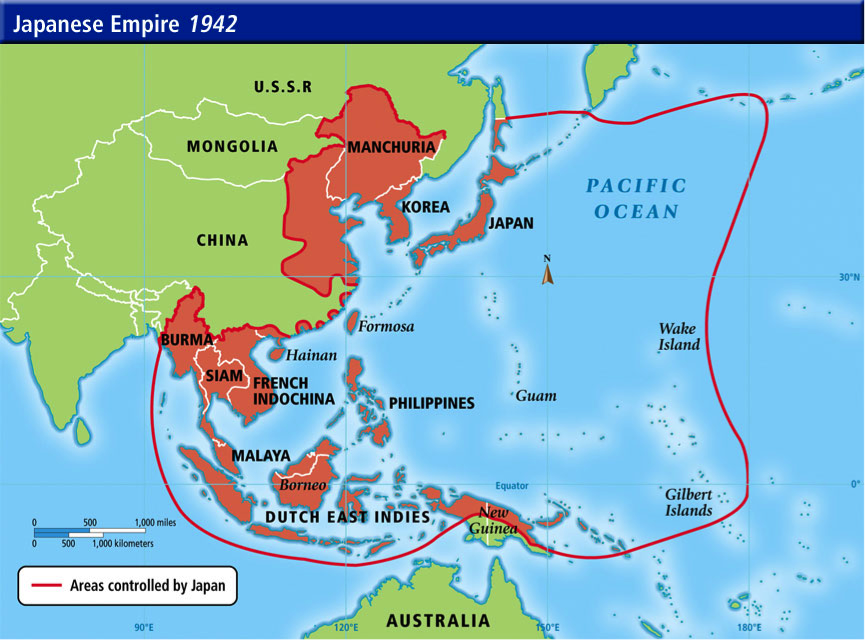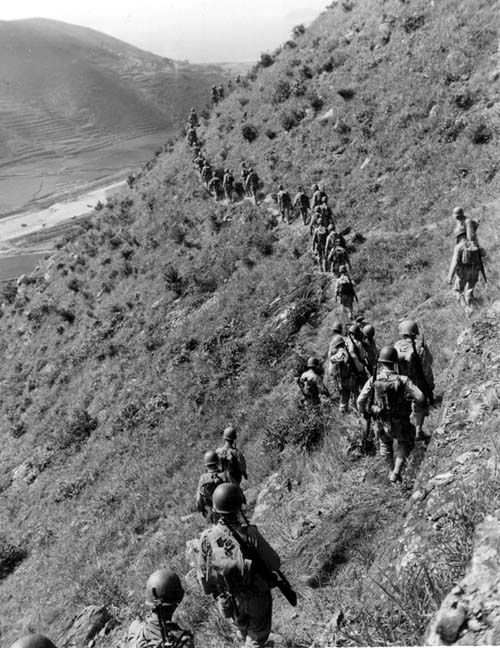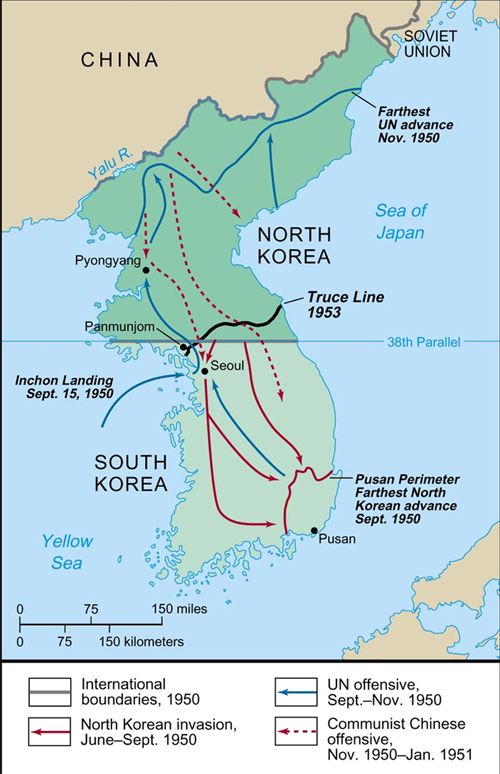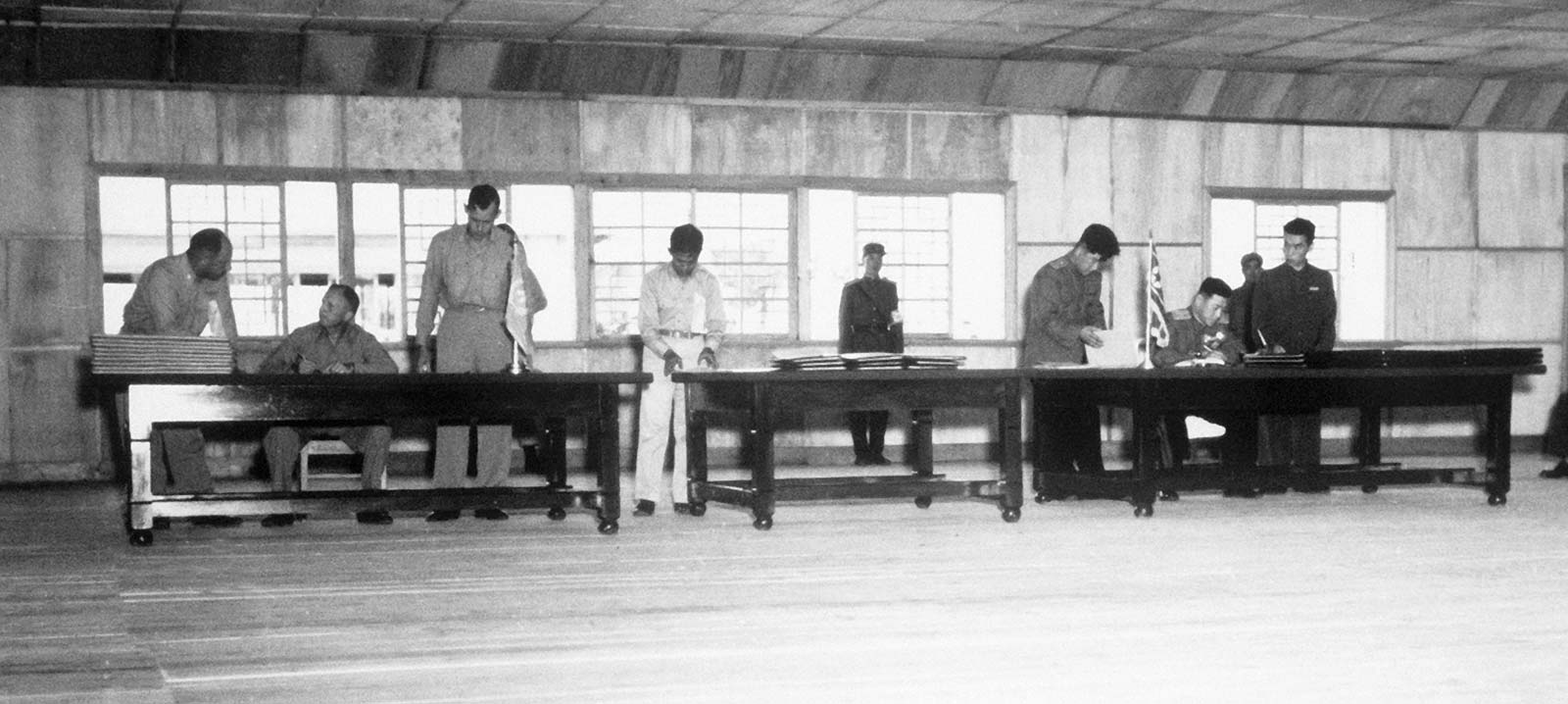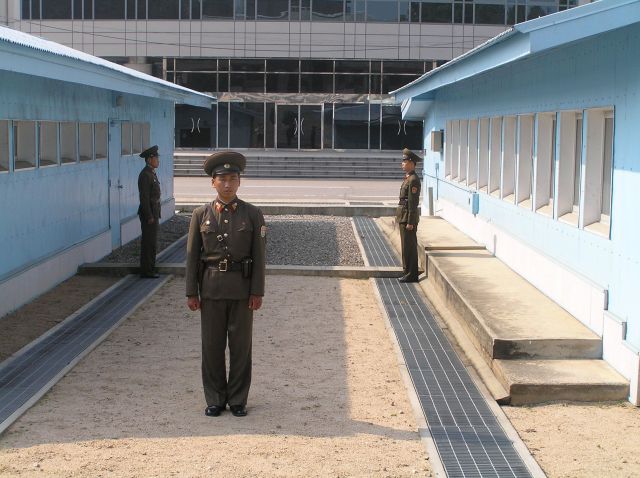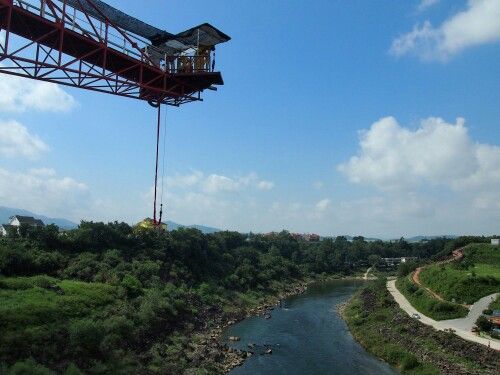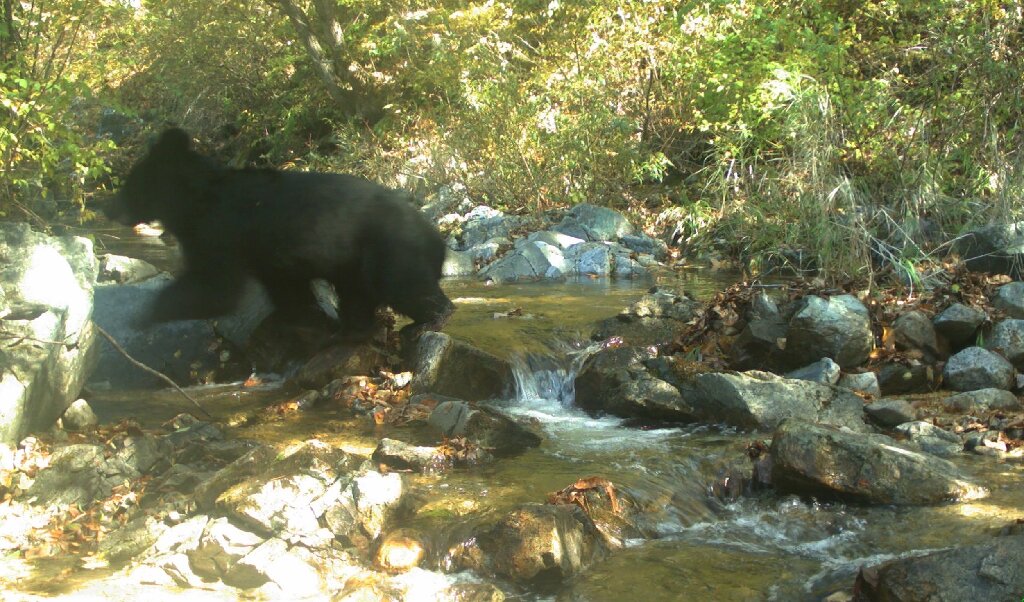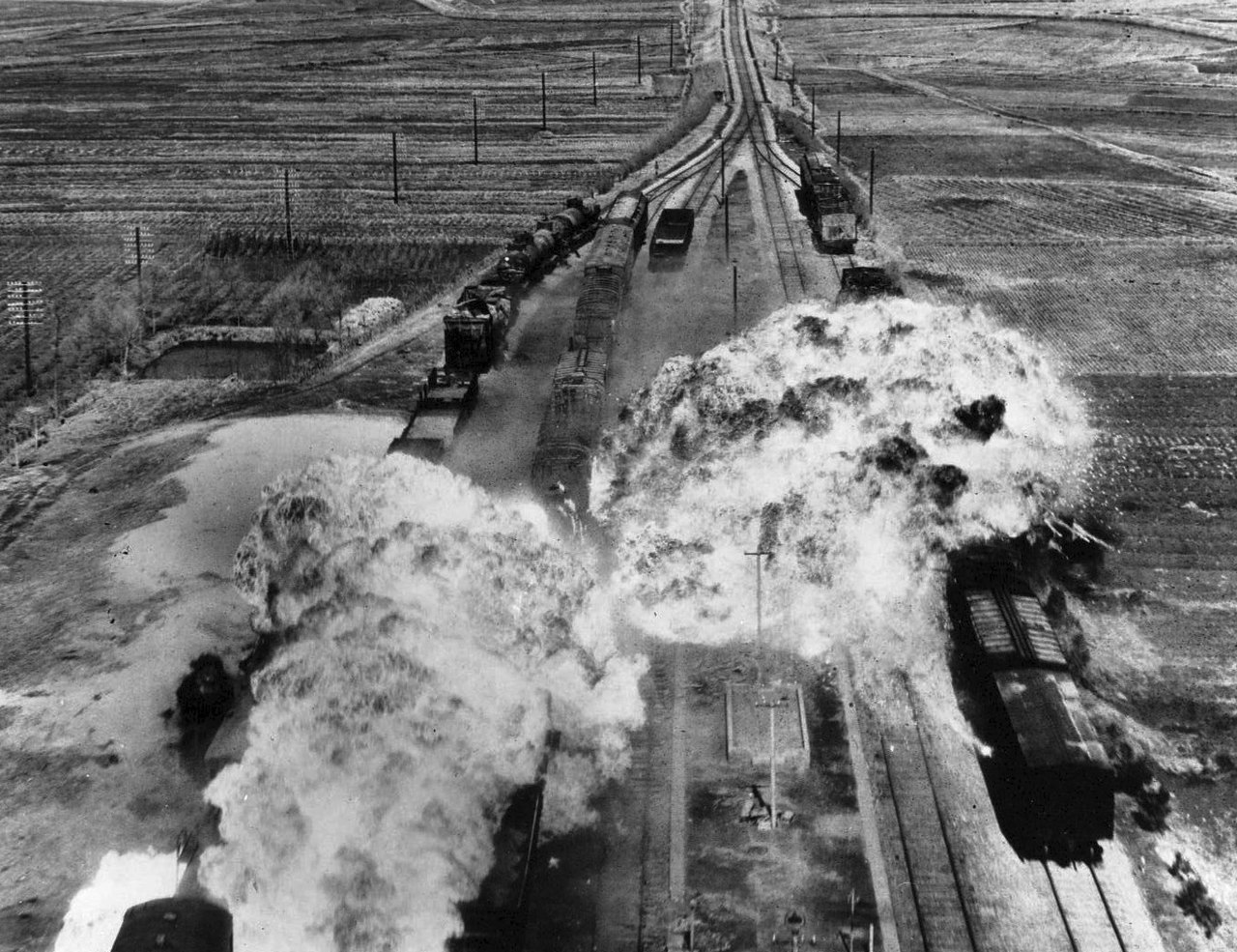
AsianOverland.net
Tour Guide - Itinerary
Asian Overland Sydney to London
Started 22/06/2022 Finished 21/06/2023365 Days ITINERARY
Day 72 date 01/09/2022SEOUL, SOUTH KOREA to DEMILITARISED ZONE, NORTH KOREA
ASIANOVERLAND.NET SYDNEY TO LONDON DAY 72: SEOUL, SOUTH KOREA TO DEMILITARISED ZONE, NORTH KOREA
It’s like a rite of passage to visit the DMZ demilitarised zone on the border between South Korea and North Korea, so, of course, we have to do that. A less common visit is to the bungy jump in a massive river bed in Inje County, which is further east along that same border, with views of the North Korean mountains. My first visits to Korea were to sell the design of the bungy jump to the Korean builders, and subsequently to be present at the official opening:
“63-meter-long bungee jump, Korea’s highest bungee jump located at a point where Naerincheon Stream meets Hapgangcheon Stream, was designed by Bungy Vic, an Australian company, in order to maximize a thrill and joy on the back of a 60-degree leaning tower, which can be found only in Korea. Excellent surrounding landscape enables visitors willing to enjoy an extreme challenge to have a pleasure of appreciating natural beauty”
The border area between South and North Korea is beautiful and remote. Inje county has the lowest population density of any South Korean county and is the home of the Asiatic Black Bear, which lives in a wide area from Siberia to Afghanistan and Thailand.
In 1910, Imperial Japan annexed Korea, which it ruled for 35 years. The Japanese invasion of Northeast China, Manchuria and Mongolia in the early 1930's, created a common border and border skirmishes between the Japanese and Russia in Manchuria and Mongolia from 1935 to 1939.
Russia could not simultaneously fight Germany in the west and Japan in Manchuria, so Stalin negotiated with Ribbentrop while his newly promoted commander, Georgi Zhukov, moved his main army from Moscow to the far east and attacked the Japanese with 50,000 troops at the Battle of Khalkhin Gol on the border between Mongolia and Manchuria. This was the decisive battle in the 1935-1939 Soviet–Japanese Border Wars.
After the Japanese defeat, Zhukov learned that Japan was giving up its attacks on Russia in Manchuria and Mongolia, and planned to attack Pearl Harbour and South East Asia instead. This was the most decisive and important intelligence of World War 11. Based on that intelligence, Zhukov's Russian Army moved back west to Stalingrad and Moscow, where it defeated the Germans, all the way to Berlin.
After the fall of Berlin in 1945, Zhukov's Russian army then moved back to the far eastern front, where it again defeated the Japanese in Mongolia and Manchuria, all the way back to Korea.
After the Japanese surrender at the end of World War II on 15 August 1945, the victorious Allies, the United States and the Soviet Union divided Korea along the 38th parallel into two zones. The Soviets administered the northern zone and the Americans administered the southern zone, and in 1948, the occupation zones became two sovereign states. A socialist state, the Democratic People's Republic of Korea, was established in the north under the communist leadership of Kim Il-sung, while a capitalist state, the Republic of Korea, was established in the south.
North Korean military forces crossed the border and drove into South Korea on 25 June 1950. The United Nations Security Council denounced the North Korean move as an invasion and authorized the formation of the United Nations Command and the dispatch of forces to Korea. The Soviet Union was boycotting the UN for recognizing Taiwan (Republic of China) as China, and China (People's Republic of China) on the mainland was not recognized by the UN, so neither supported their ally North Korea at the Security Council.
After the first two months of war, South Korean Army (ROKA) and American forces in Korea were on the point of defeat, retreating to a small area behind a defensive line known as the Pusan Perimeter. UN forces invaded North Korea in October 1950 and moved rapidly towards the Yalu River—the border with China and a RED LINE for China. On 19 October 1950, massive Chinese forces of the People's Volunteer Army (PVA) crossed the Yalu River and entered the war. The UN retreated from North Korea and Chinese forces were in South Korea by late December.
In these battles, Seoul was captured four times and communist forces were pushed back to positions around the 38th parallel, where the war started. The last two years were a war of attrition on the ground, but the air war was never a stalemate, and North Korea was subject to a massive US bombing campaign.
The fighting ended on 27 July 1953 when the Korean Armistice Agreement was signed.
The agreement created the Korean Demilitarized Zone (DMZ) to separate North and South Korea, and allowed the return of prisoners. No peace treaty was ever signed, and the two Koreas are technically still at war.
The Korean War was among the most destructive conflicts of the modern era, with 3 million war fatalities and a larger proportional civilian death toll than World War II or the Vietnam War. It concluded with the destruction of nearly all of Korea's major cities, thousands of massacres by both sides, including the mass killing of tens of thousands of suspected communists by the South Korean government, and the torture and starvation of prisoners of war by the North Koreans. North Korea became among the most heavily bombed countries in history.
© This work is copyright. Apart from any use permitted under the Copyright Act 1968, no part may be reproduced by any process, nor may any other exclusive right be exercised, without the permission of Peter Searle, peter@portseavillageresort.com; 1980-2024.
Website built by Justin O’Dea www.webdeveloperdocklands.com.au
